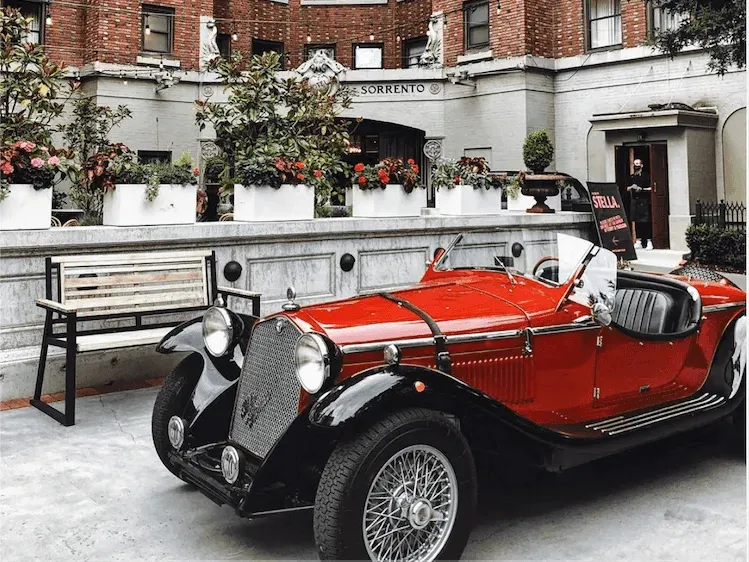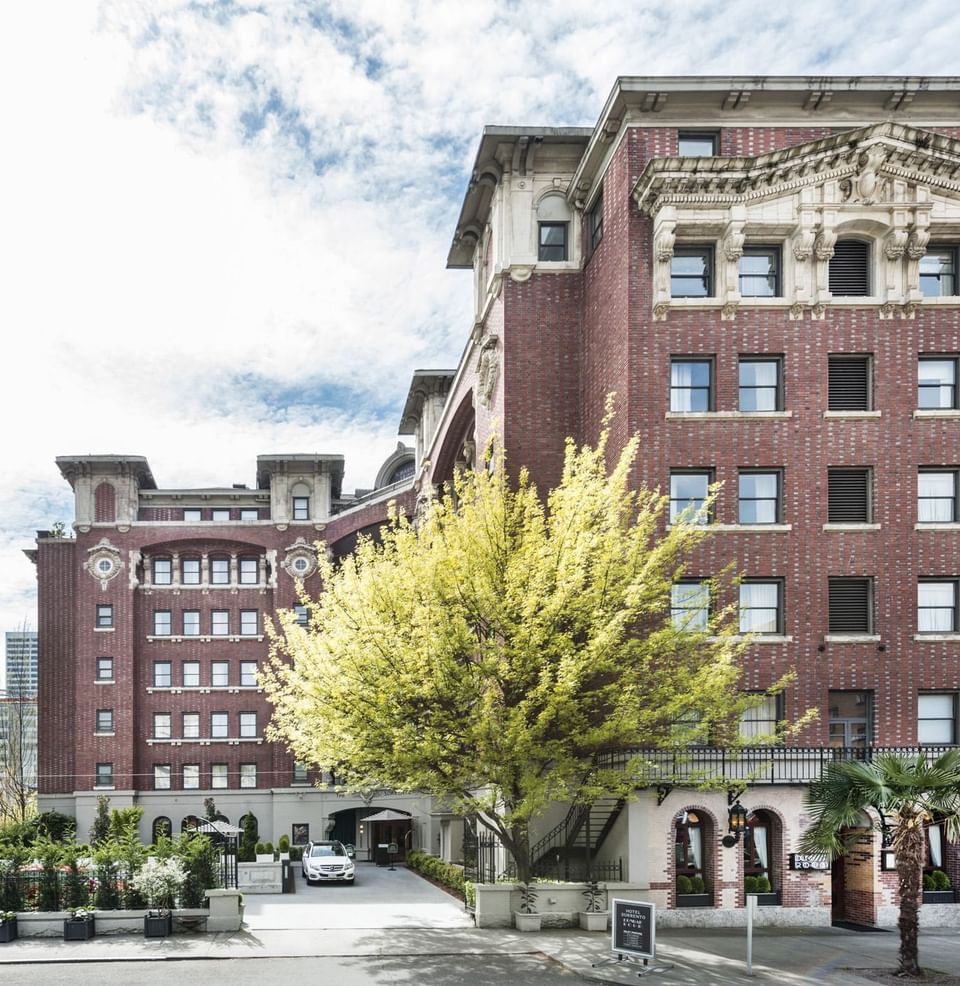

Welcome to
Hotel Sorrento
Where storied pasts and classic style thrive in
Downtown Seattle

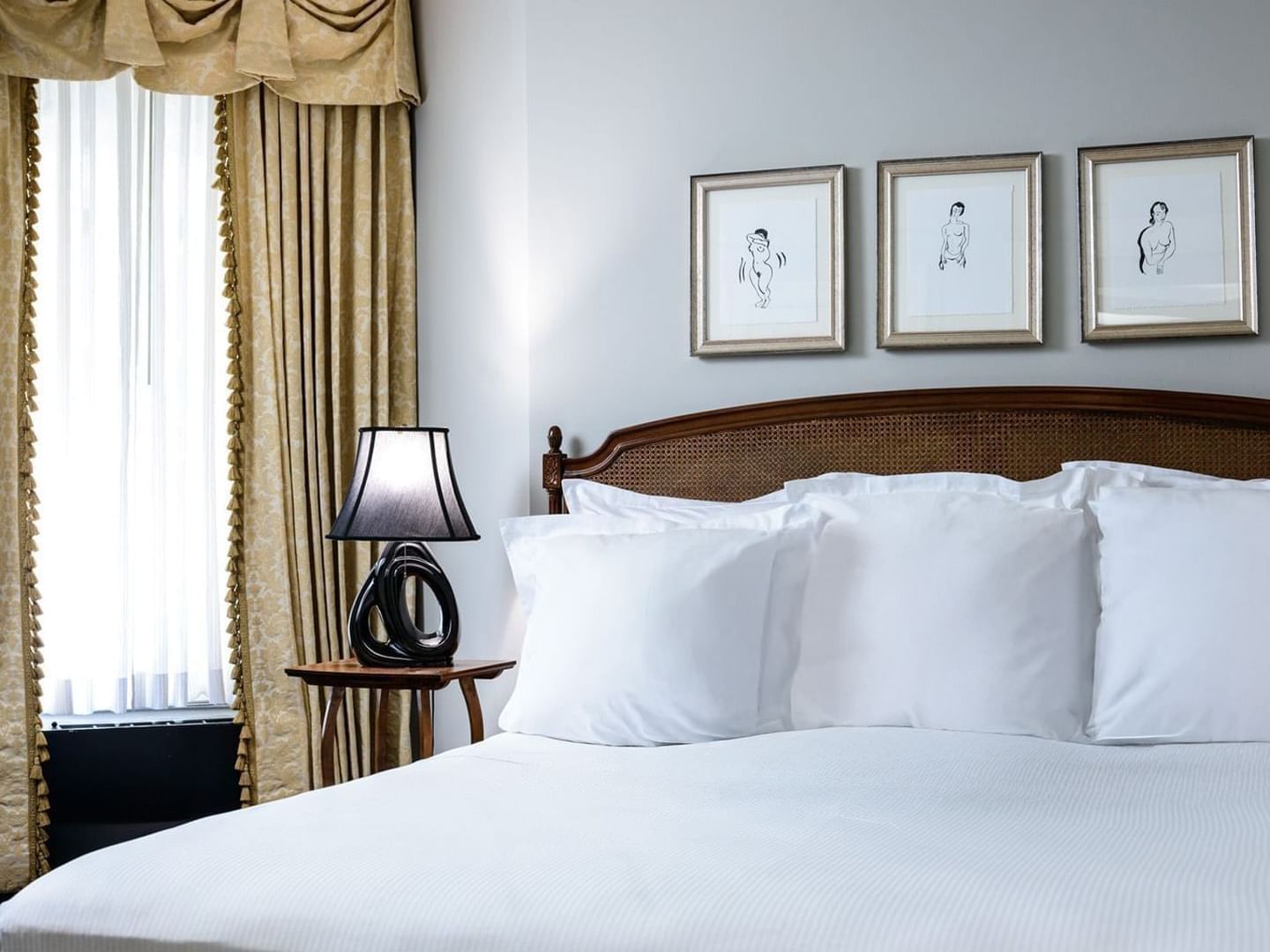
Premio Suite King
Our Corner Suites are undoubtedly the most sought-after rooms on our property.
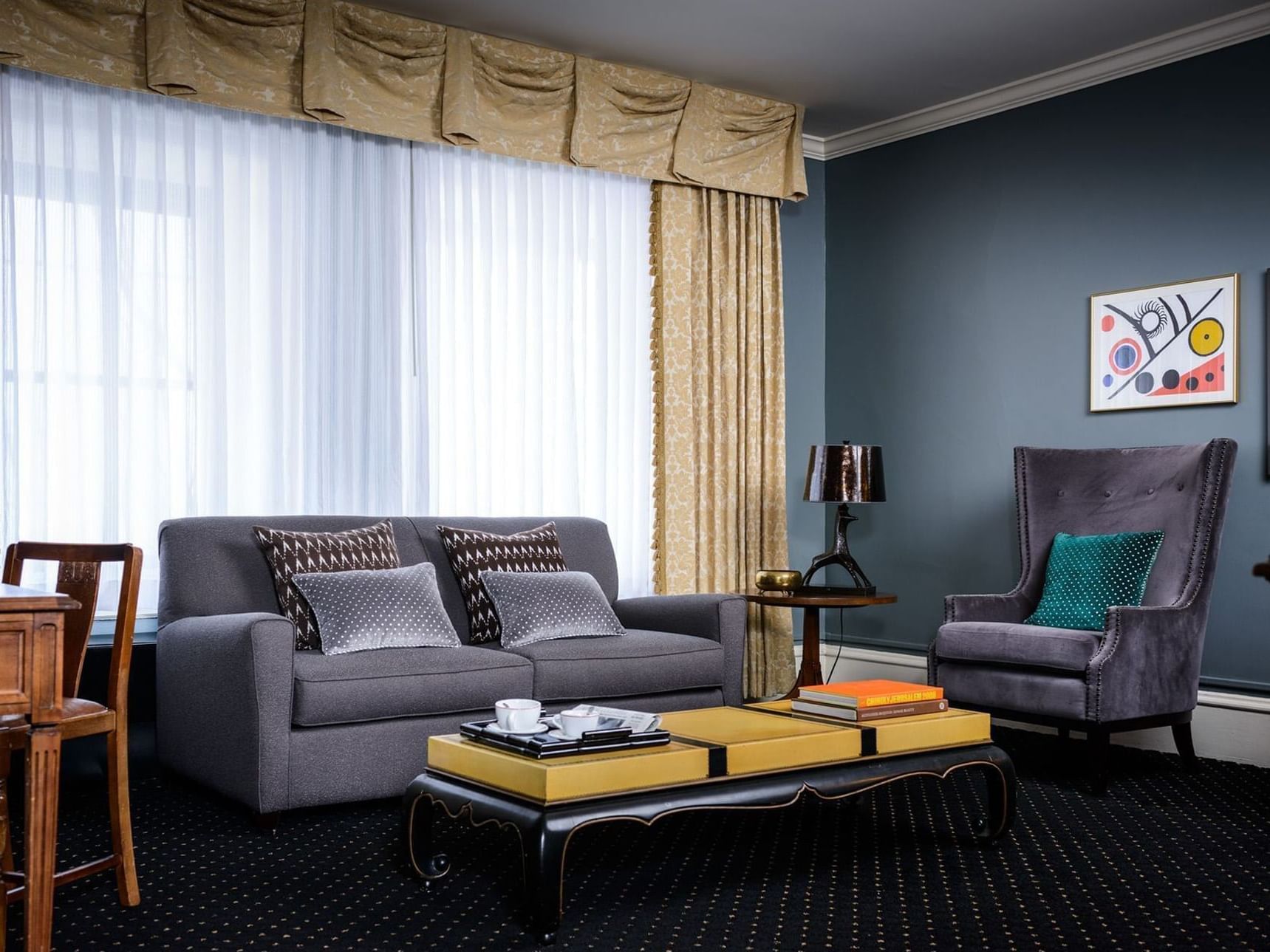
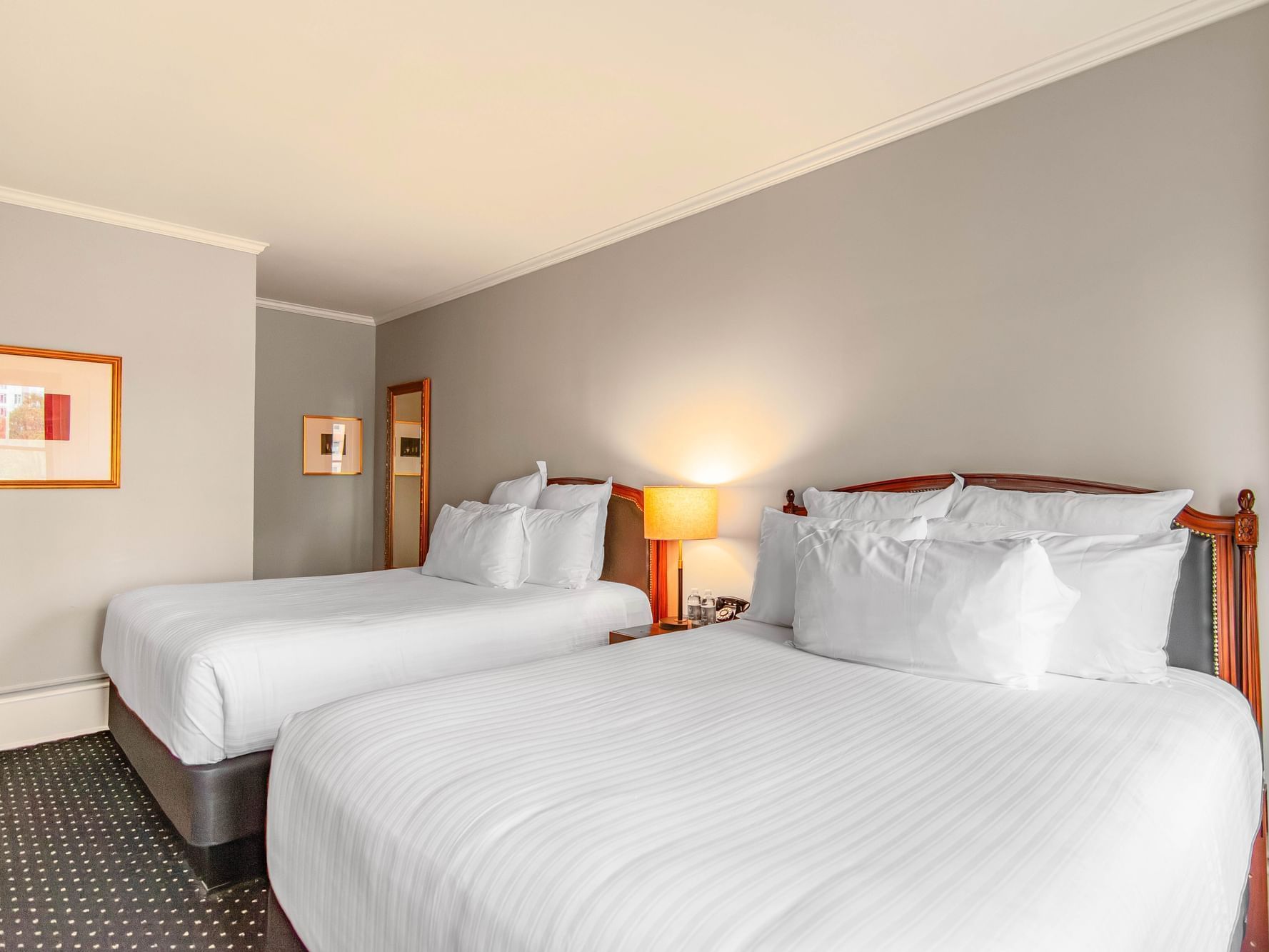
Sorrento 2 Queens Room
Our Sorrento Suites are great if you want a little extra space.

Ravello Studio
Indulge in one of our exclusive Ravello rooms, adorned with unique art, decor, and furniture.
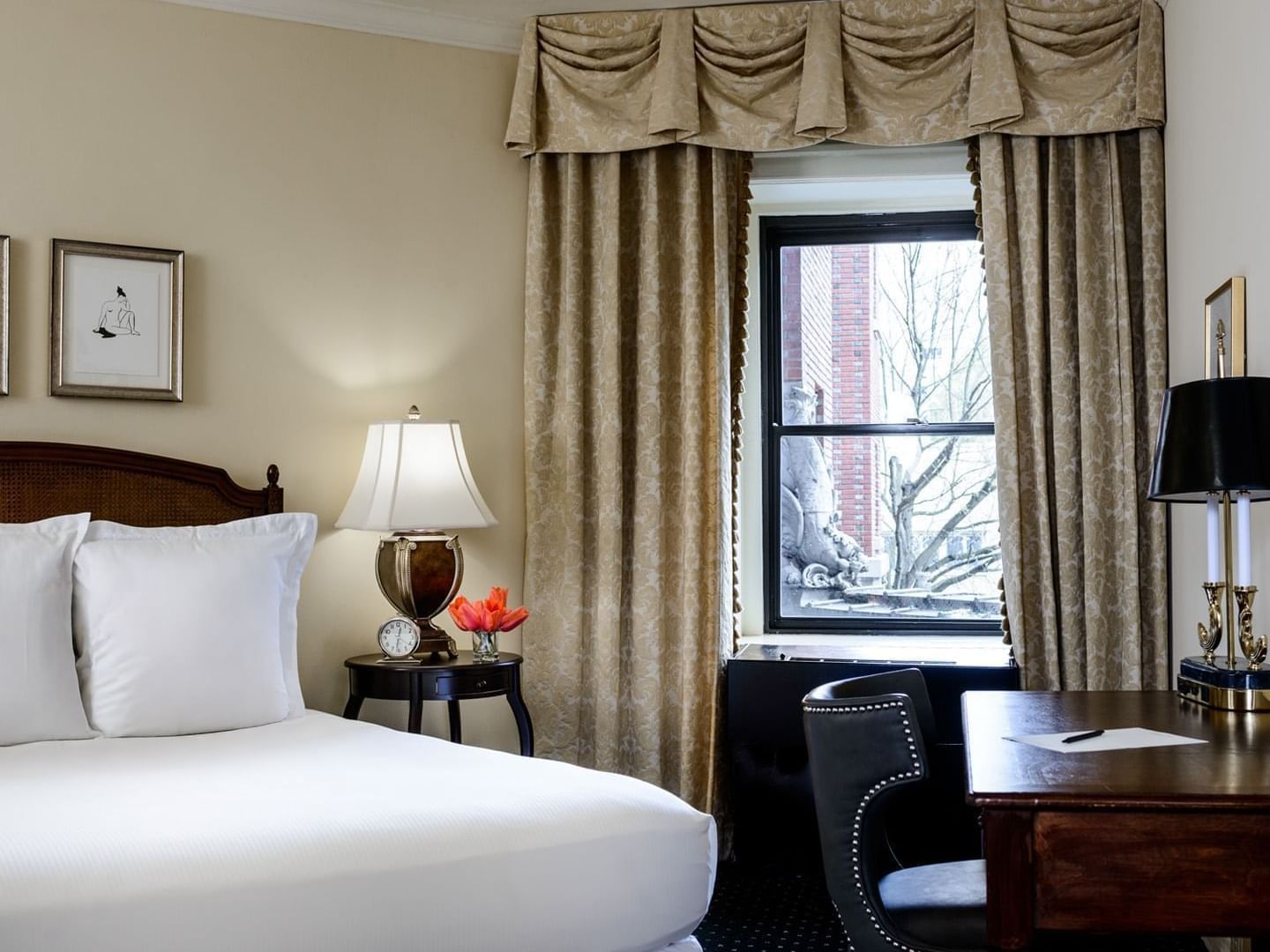
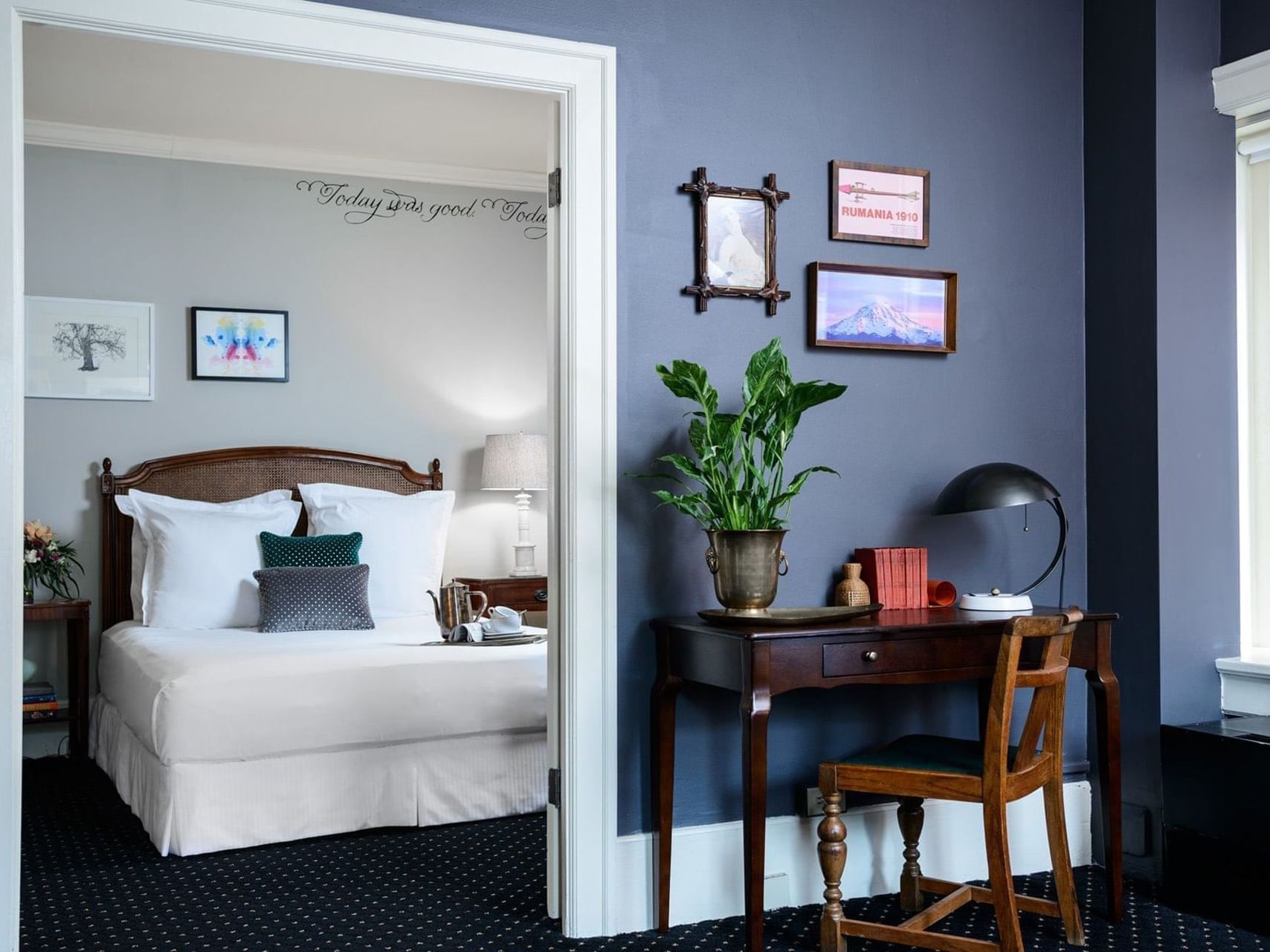
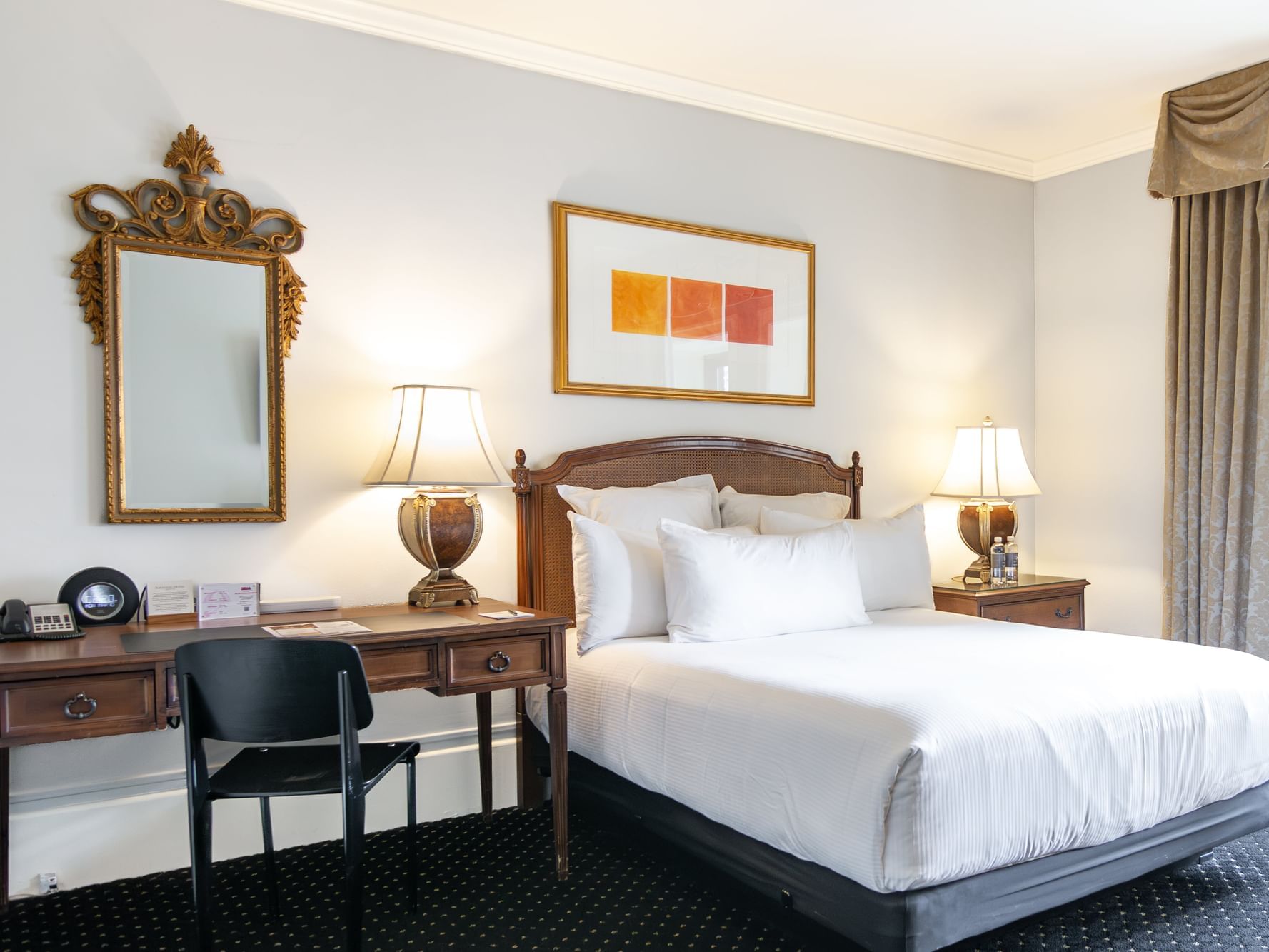
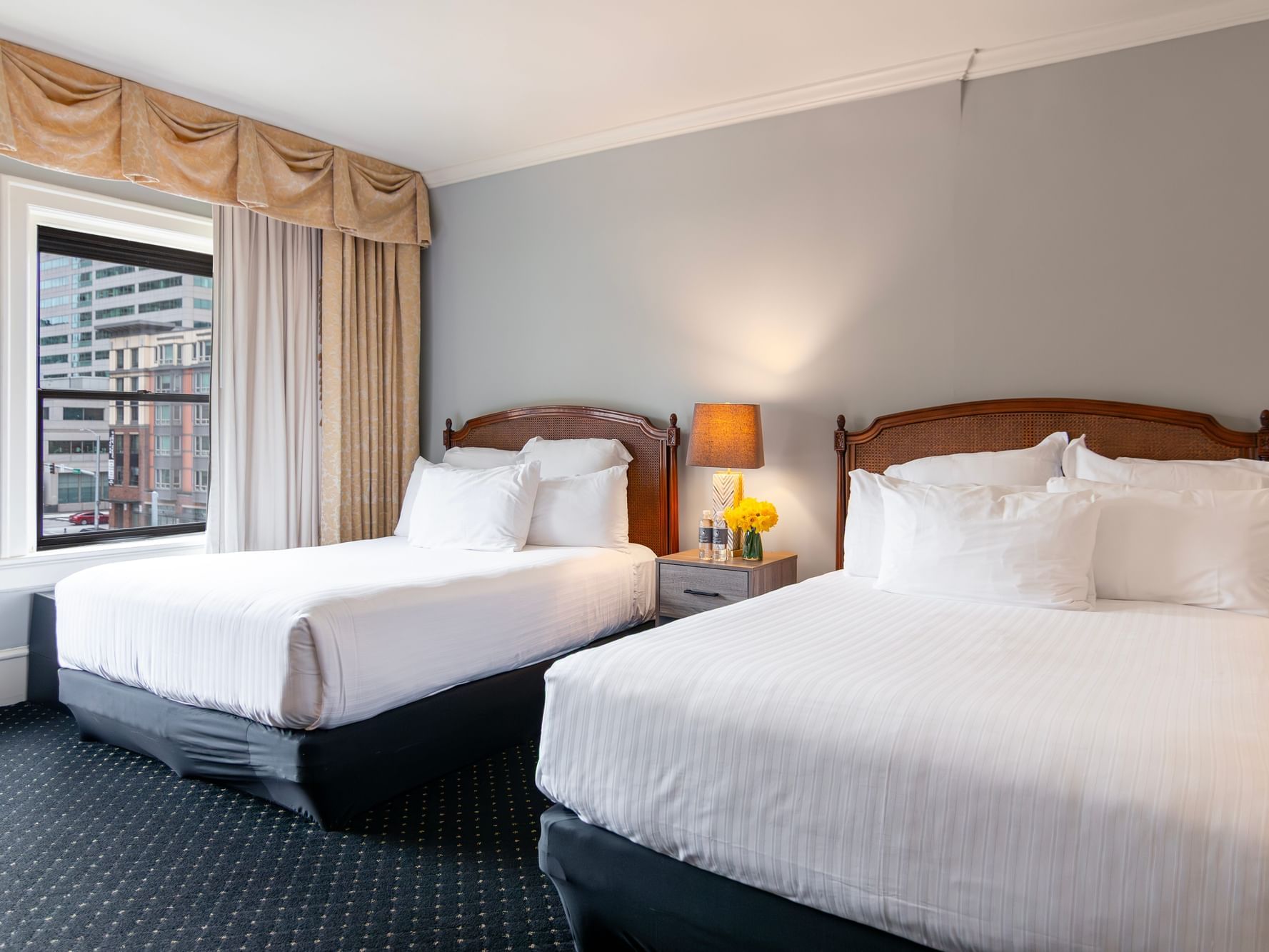

Meetings & Events
Supreme Soirées
Looking for a Seattle hotel that caters to both business and celebratory needs? We offer flexible spaces condusive to productive meetings and dynamic events.
Dining
Coastal Italian - Inspired Cuisine
Enjoy Italian-inspired cuisine in our inviting in-house restaurant. Savor a meal by the fire in the historic Fireside Room or indulge in a classic dining experience, where fresh ingredients take center stage.

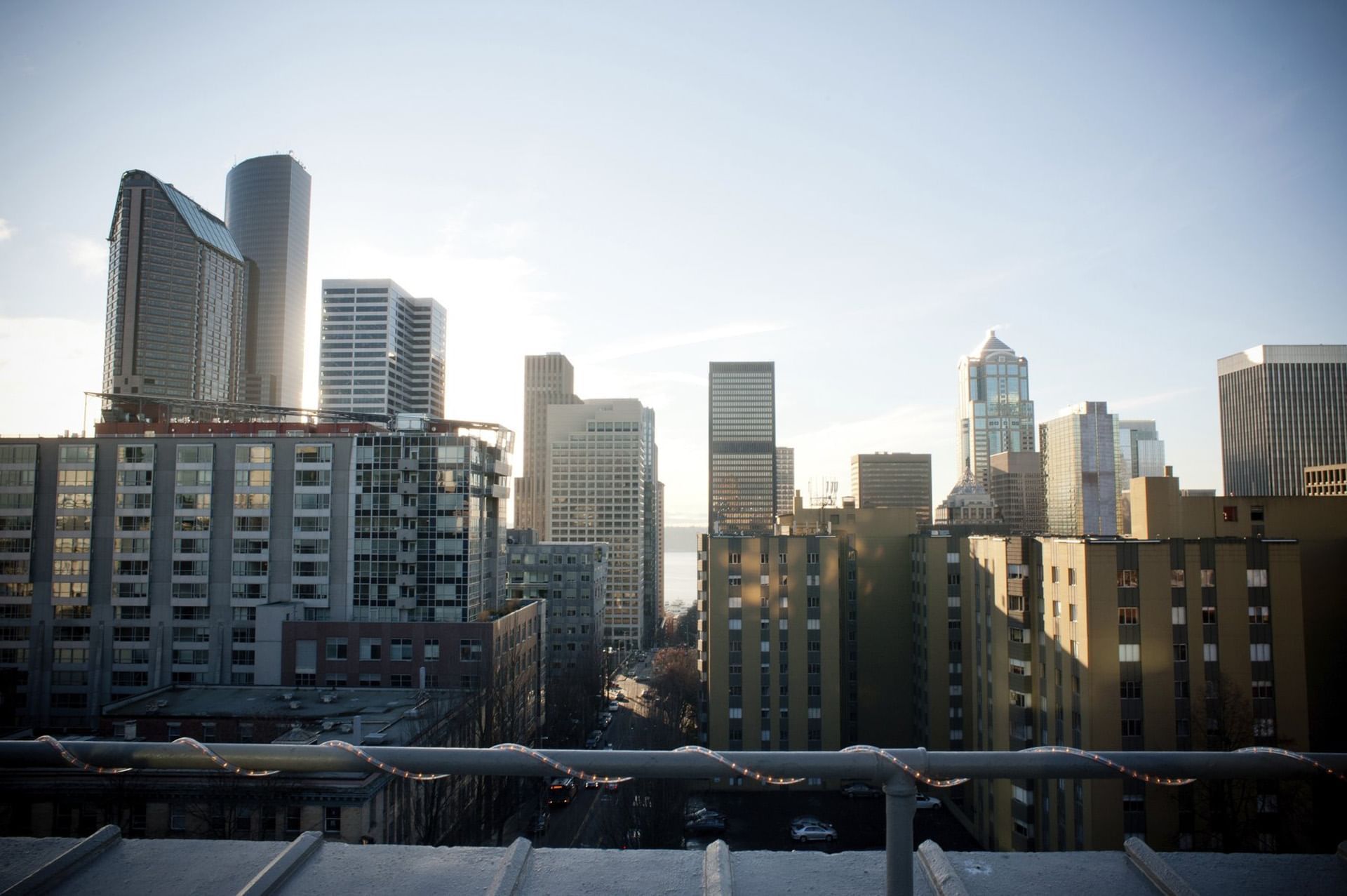
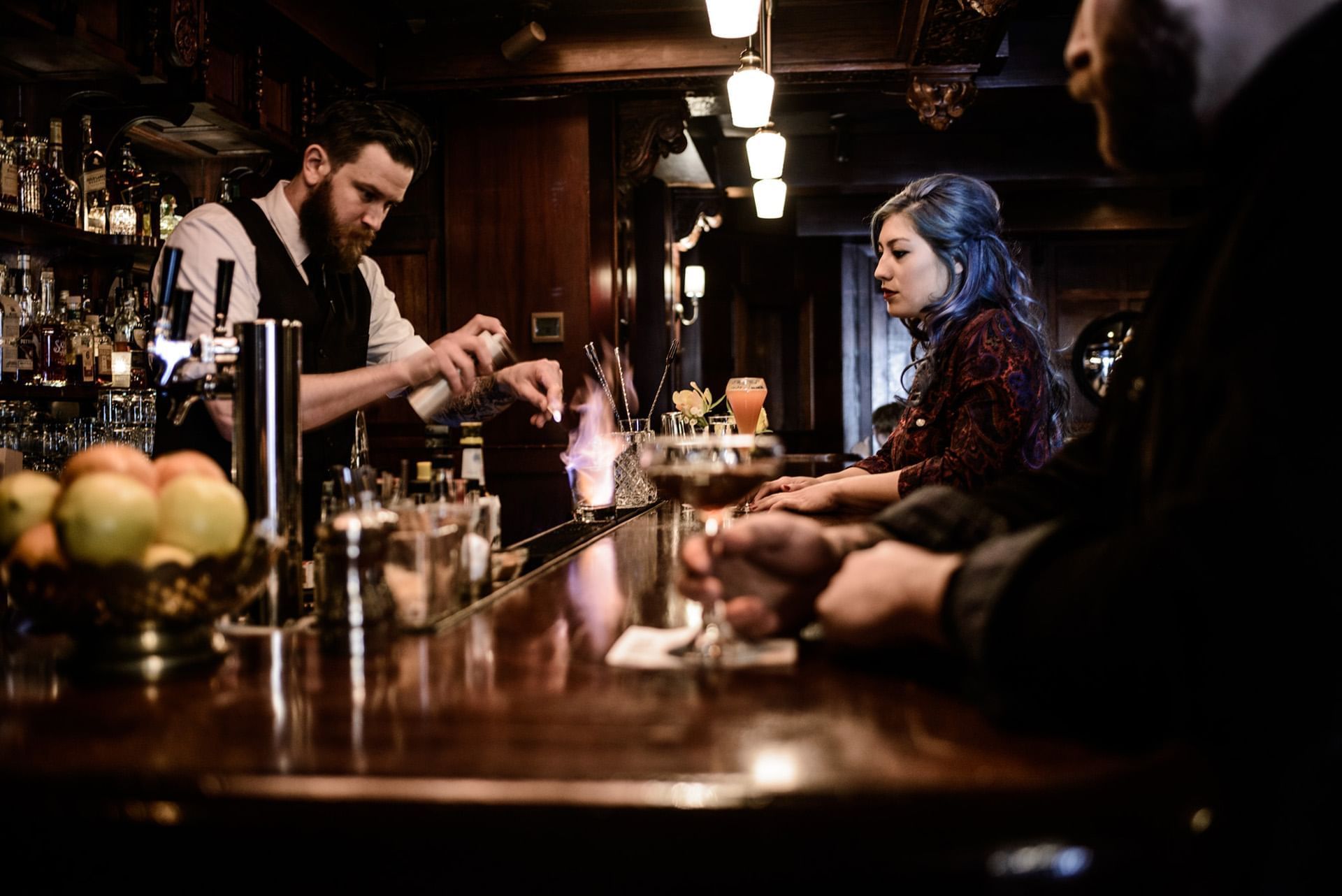
Event Calendar
Happenings
Our calendar of curated music, literary, and dining events for Seattle locals, visitors, and the culturally-curious.
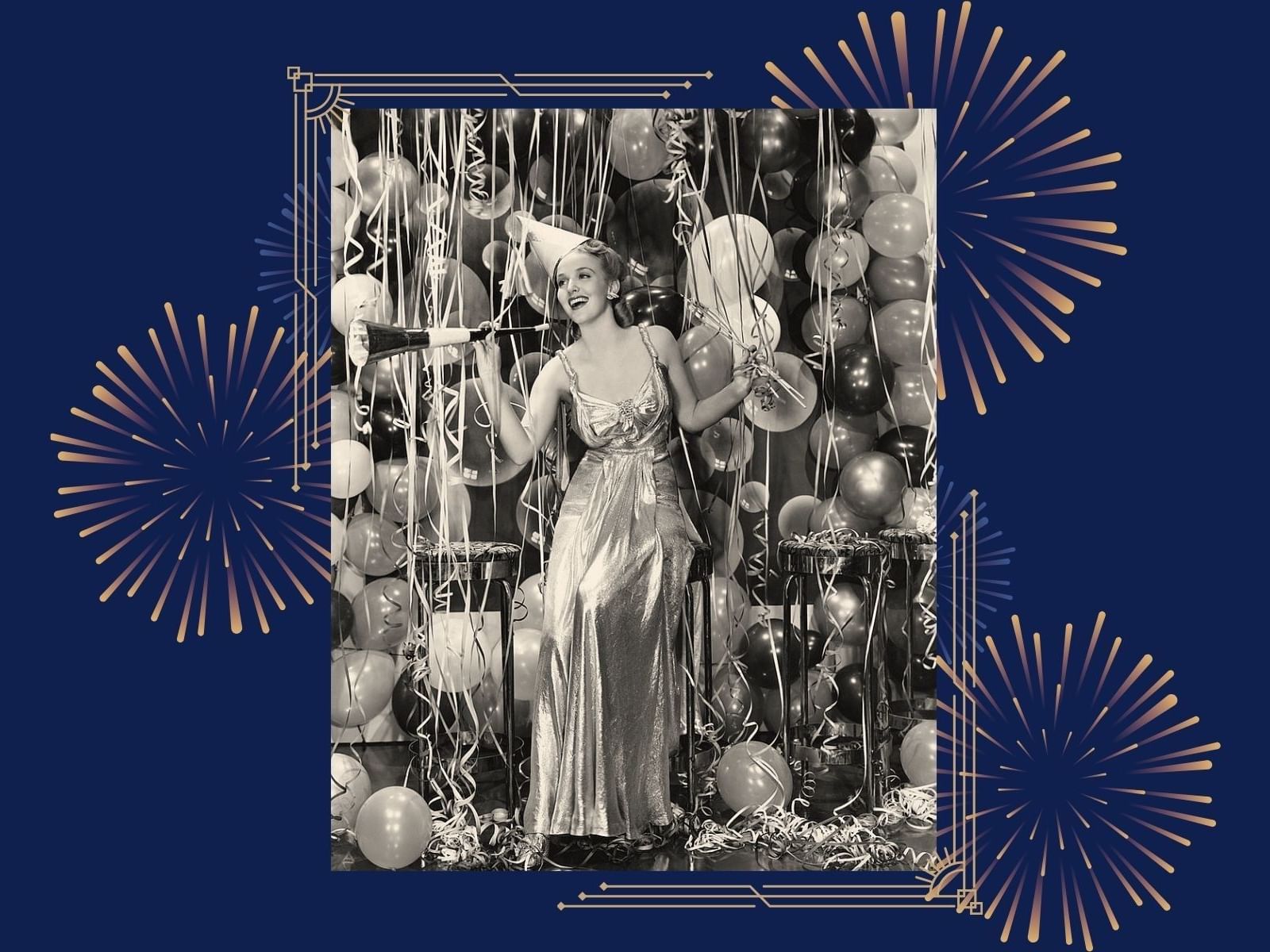
Stayn’ Up at the Sorrento: Roaring 20s New Year’s Eve Edition
Step into the sparkle of the Roaring 20s and stay the night in style. This NYE package includes a guest room for two, late checkout, and two tickets to our seventh-floor soirée—a champagne-fueled night of live music, performers, and a midnight countdown to 2026. No driving, no rushing, just pure Sorrento celebration.
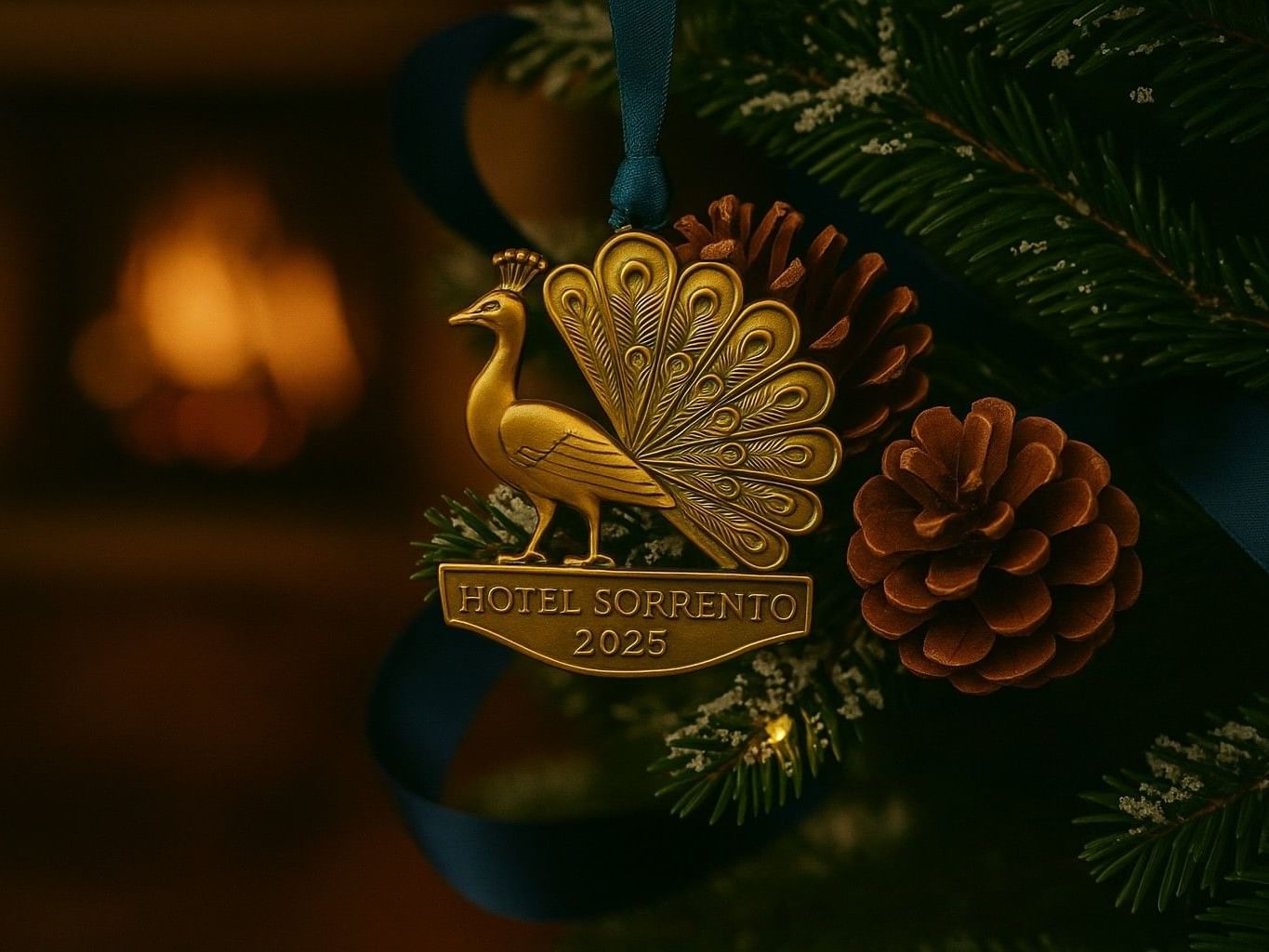
Your Home for the Holidays
Your Home for the Holidays
Celebrate the season at Seattle’s most storied hotel. Enjoy overnight accommodations, a limited-edition Hotel Sorrento ornament (while supplies last), a sampling of local chocolates, late checkout (subject ot availability) and complimentary overnight valet parking. Make the Sorrento your home for the holidays—where every stay shines a little brighter.
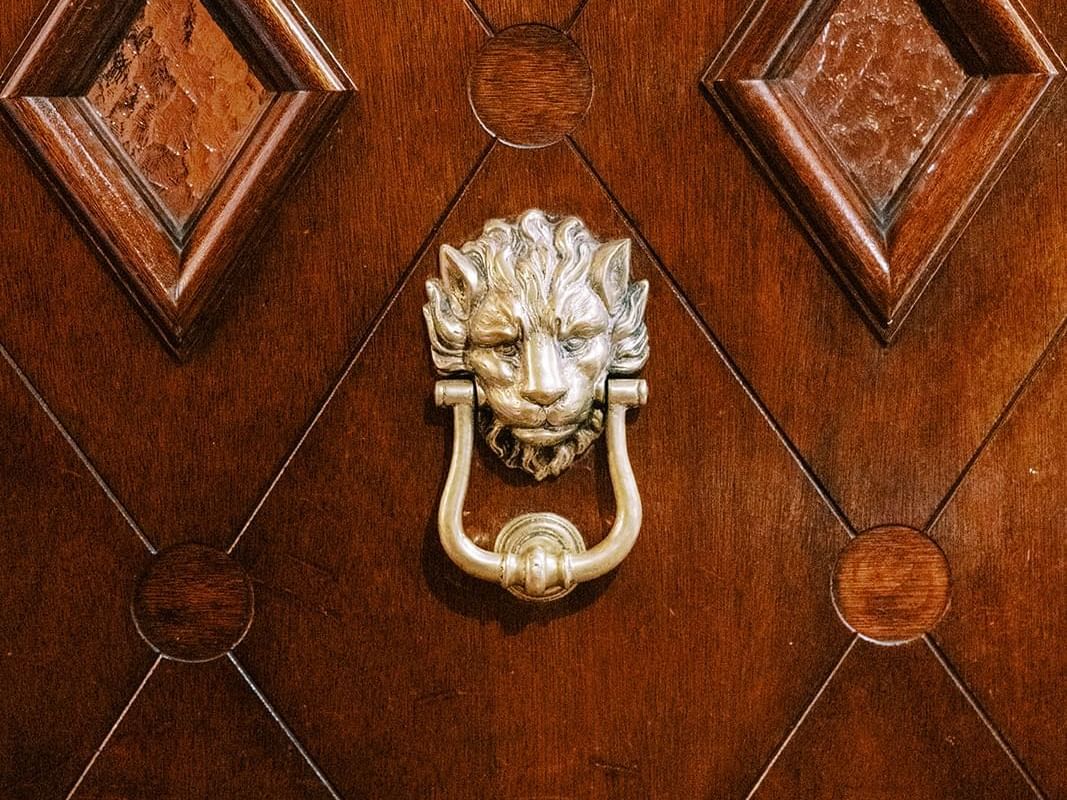
The Sorrento Society
Unlock exclusive perks when you book as a Sorrento Society Memeber. Special rates, daily dining credit, complimentary bottled water, and early access to events & member-only invites.

Special Rates For Hospital Workers and Guests
Exclusive Savings for Our First Hill Medical Community
